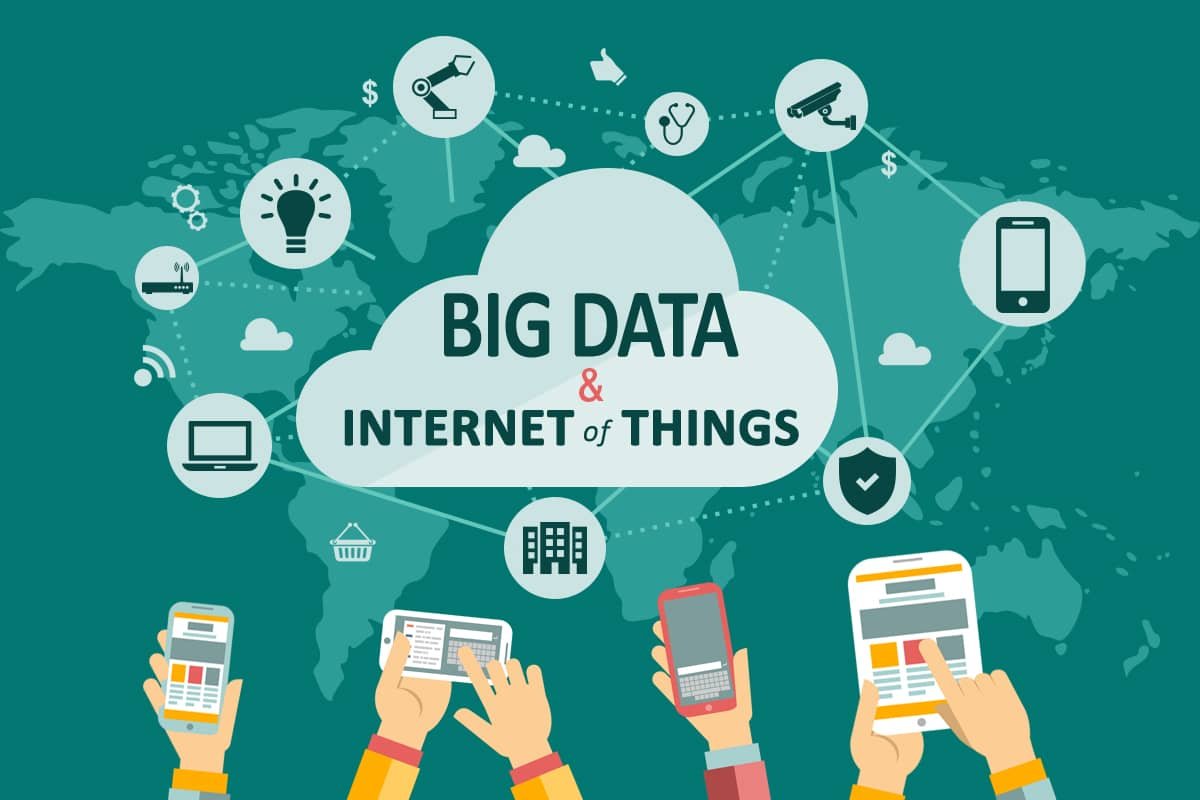The rise of big data has brought along trends of AI, ML, and IoT. It changes the way we think, deal, strategize business operations. So how will big data trends change the future of development, production, and delivery? Let’s figure it out!
Big Data Trends in 2018
The Hadoop landscape has grown widely in 2017 and has already proved its worth. End users are now migrating from traditional Hadoop Distributed File System to advanced data storage solutions. Database products such as in-memory data cache with improved response time, multi-model, key-value, etc., are introduced in the new spark Hadoop cluster computing framework.
Therefore, a significant marginalization towards data-lake architectures is the most significant big data trend in 2018. This even suits analytics work. Today, the entire big data market has jumped on cloud architecture to drive analytic workloads while storing the maximum amount of data. Edge computing in Cloud technology is likely to provide more robust cloud service with the increased use of NoSQL. There would be a real solution for structured, unstructured, or transactional data. You can attend an online big data training course whose beginning is marked with innovative ideas to fuel growth in the IT sector.
Prescriptive Analytics
Prescriptive Analytics provides the right solution in the right context. Big data will embrace prescriptive analytics and descriptive analytics in 2018. This gives entrepreneurs a way to make actionable decisions with the data they have produced so far. When mathematics, analytics along the right experimentation integrated with big data, organizations can fasten production which eventually generates a better customer experience. When cognitive computing runs parallel with analytics in businesses, informed decisions along with well-coordinated actions become part of work culture. Therefore, Predictive Analytics would be a game-changer when developing marketing and development strategies.
Analytics will Include Visualization Models
According to a 2017 survey of 2,800 experts working with Business Intelligence, data visualization and data discovery would play a major role in big data analytics. The realm of Data discovery has expanded from just the understanding of data analysis and relationships to ways of presenting data. Therefore, visualization models have become popular that help translates data into business insights. The human brain processes visual patterns perfectly. The use of subconscious activity by the human brain helps decision-makers generate insights by quickly scanning it. Explicit visualizations engage a brain’s capacity for pattern recognition, and other useful visualization models will become the preferred option for processing large data sets.
Governance in analytics tools
Different Business intelligence (BI) and analytics tools, for example, Tableau continue to drive features like data certification that help practitioners fastly attain desired business deliverables, encompassing giving layers of abstraction on top of previously-complex extract, transform, and load.
This results in more accessible metadata and documentation for non-technical users, who can perform analytics tasks themselves. Therefore, 2018 will be a vital year in the growth of analytics-as-a-service.
Edge Computing
Though the mainstream public is about to take advantage of it, the concept of edge computing is attaining pace throughout all sectors. In the modern world where organizations are migrating towards the cloud, intelligent businesses are using the Internet of Things to emphasize data collection, processing, and analytics at sources.
Edge computing outshines traditional IT architectures in many ways which are worth mentioning.
- It provides increased processing and fast computational power within the smaller devices. Gateways and sensor hubs are required to run end-to-end data management on statistics.
- Improved predictive maintenance. With the transition of manufacturers to automated hardware that encompasses integrated predictive maintenance functionality, the manufacturing industry would use edge computing for enhanced energy efficiency, cut repair costs, and more accuracy in analyzing problems.
- Stronger customer service. Edge computing can easily deliver small to high volume jobs with its outstanding customizable platform. It offers increased flexibility to manufacturers during the planning of day-to-day operations and customers even get more freedom across the entire production run.
Edge computing is in a budding stage, and leaders are inclined towards cloud computing, but many experts consider it a major trend in 2018.
Bottom Line
Big data and Hadoop are rapidly evolving. Their involvement in projects improves the success rate. Moreover, it unveils new opportunities for IT professionals with a higher pay scale. The Big data market will scale in the next ten years. Therefore, keep yourself apprised with the big data-based skills and to rise as a big data expert.
You might also like to read about



Leave a Reply